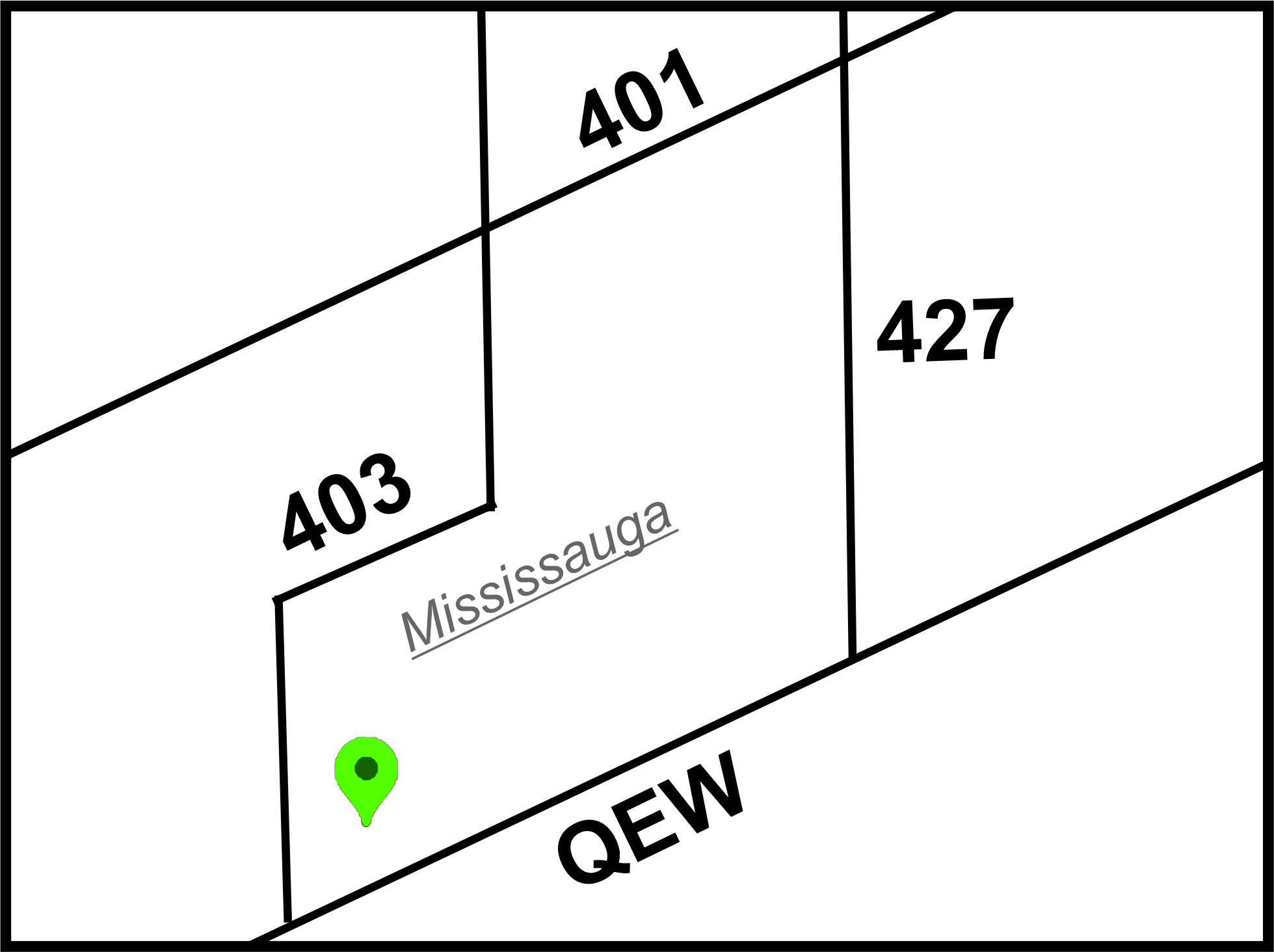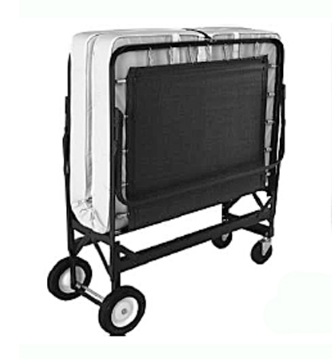
Blog Questions about beds and mattresses answered. And some stories told.
Are rollaway beds a good choice for a shelter to buy for clients to sleep on?
Sep. 21, 2024
Rollaway beds can be a practical option for a shelter in certain circumstances, but there are several factors to consider before deciding if they are the best choice:
Advantages:
- Space Efficiency: Rollaway beds can be folded and stored when not in use, making them a space-saving option for shelters that may have limited room.
- Mobility: They are easy to move, which can be useful if the shelter needs to rearrange sleeping areas or convert spaces for multiple uses.
- Comfort: Many rollaway beds can have pretty good mattresses, which might provide more comfort than cots or floor sleeping options.
Potential Drawbacks:
- Durability: Rollaway beds may not be as sturdy as other bed options, especially in a high-use environment like a shelter. They could wear out quickly and require frequent repairs or replacements. (Nine Clouds Beds in Mississauga sells one online and has a heavy duty rollaway bed)
- Storage: While they fold up, they still require storage space, and shelters need to have a designated area for them when they’re not in use.
- Setup Time: Staff or volunteers would need to set up and take down the beds daily, which can be time-consuming depending on the number of clients.
- Cost: Rollaway beds can be more expensive than cots or floor mats, especially if the shelter needs to purchase a large quantity.
Alternatives
- Sleeping Mats: Highly durable, easy to clean, and the most space-efficient, but they offer less comfort.
- Bunk Beds: If the shelter has space for more permanent beds, bunk beds maximize the number of clients that can sleep in a given area.
Ultimately, whether rollaway beds are a good choice depends on your shelter’s specific needs, budget, and space availability. If comfort and space efficiency are top priorities, they can certainly be a viable option.



 Copyright © 2026 |
Copyright © 2026 |